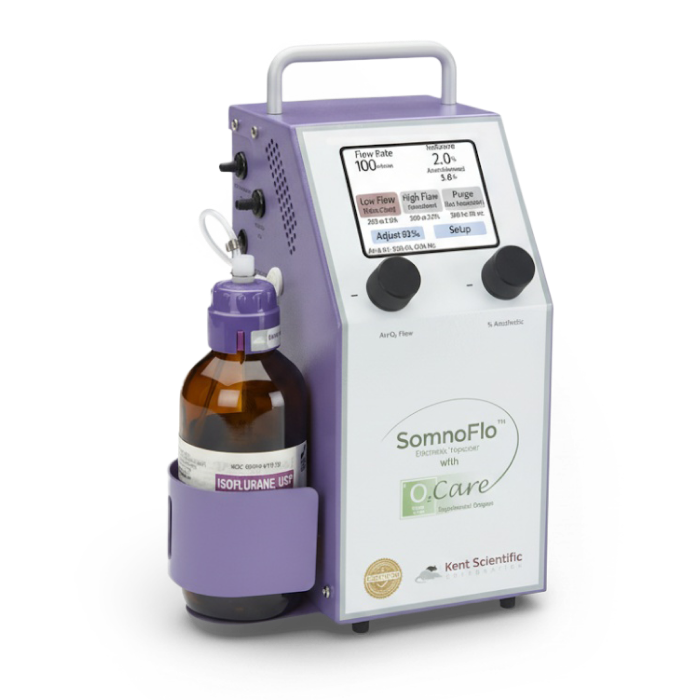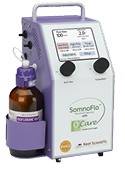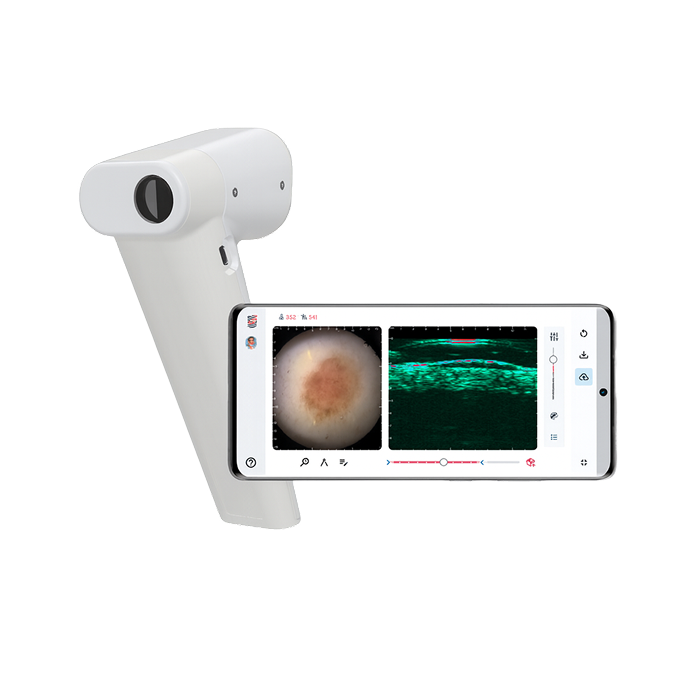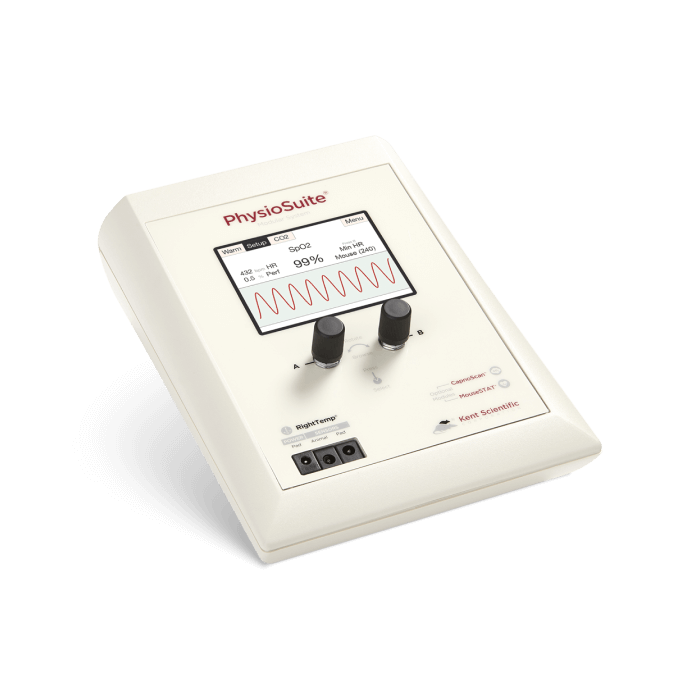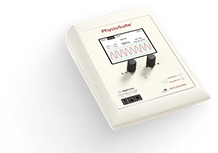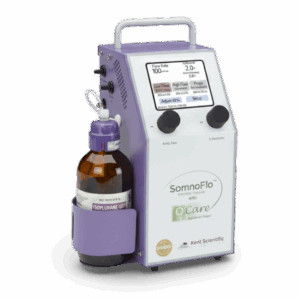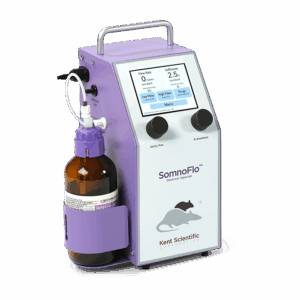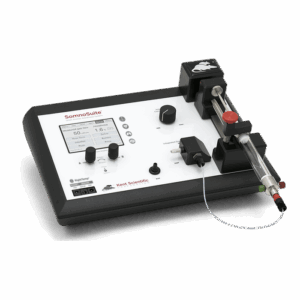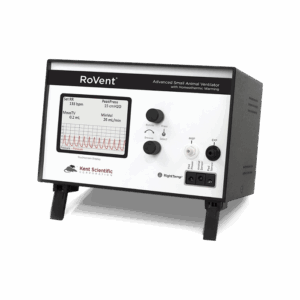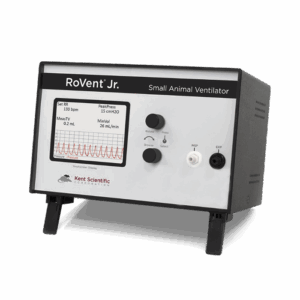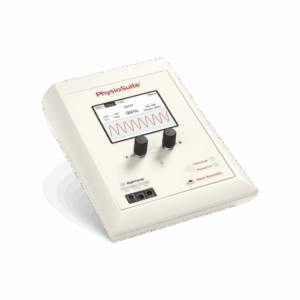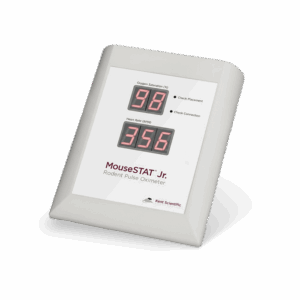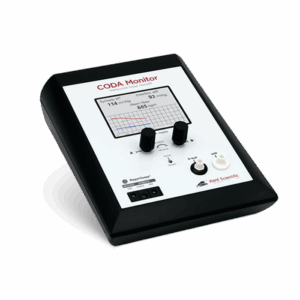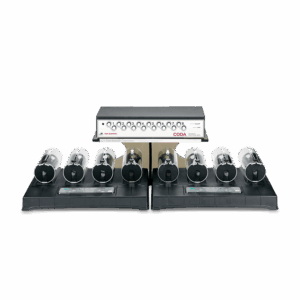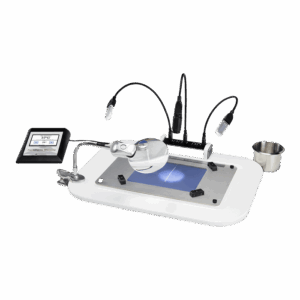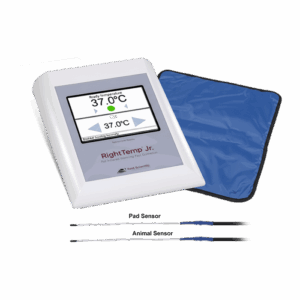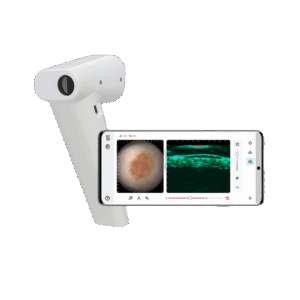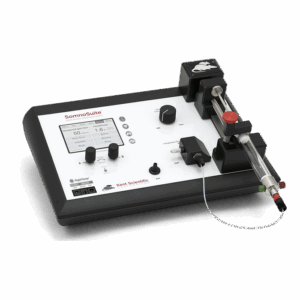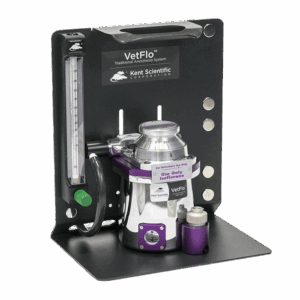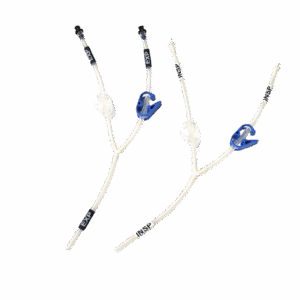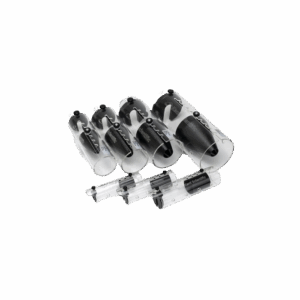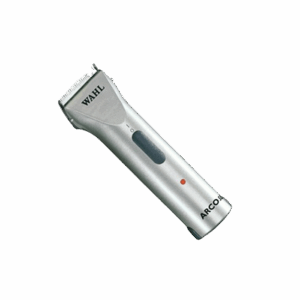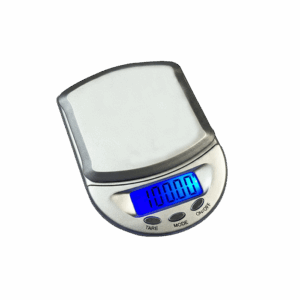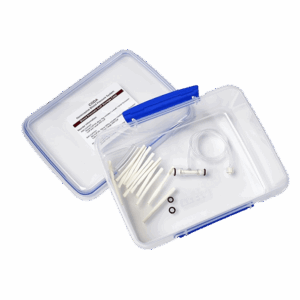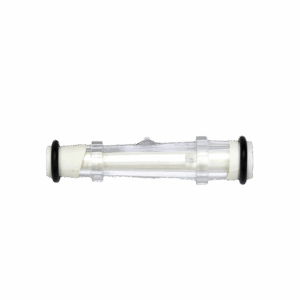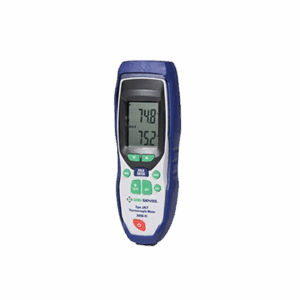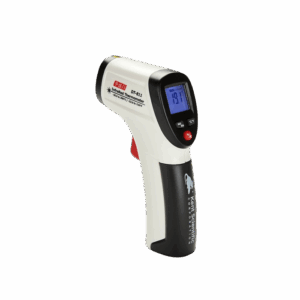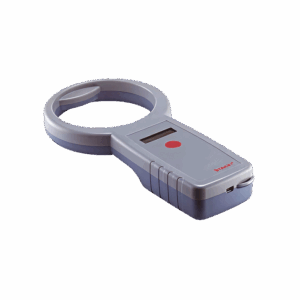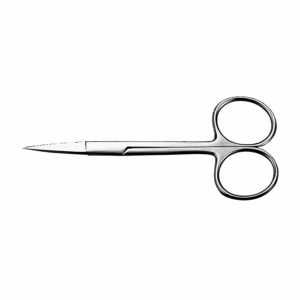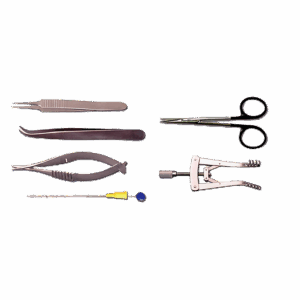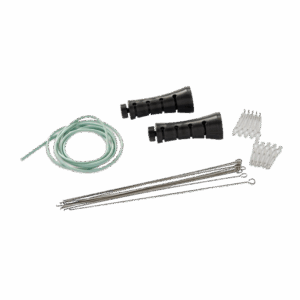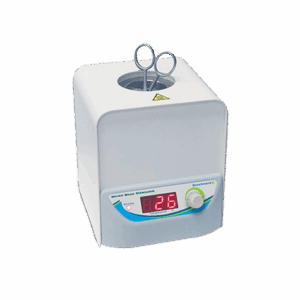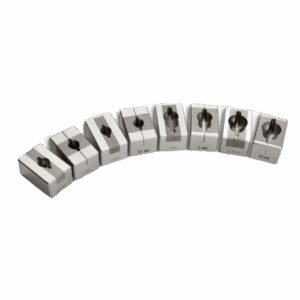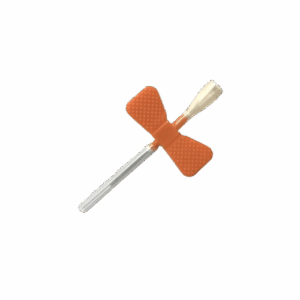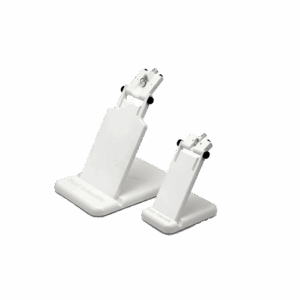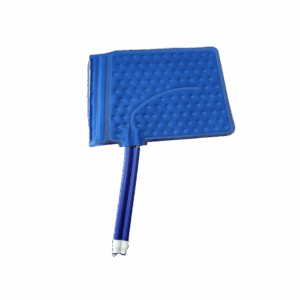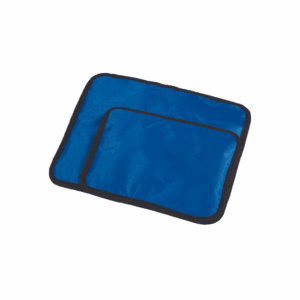Ventilation machines
Kent Scientific offers a variety of volume or pressure-controlled mouse and rat ventilator options to meet a wide range of applications, including in-vivo COVID-19 research. Learn more about rodent respiration and ventilation…
About rat and mouse ventilation
In the respiratory cycle, the inspiratory portion is typically one third of the cycle and the expiratory portion is two-thirds of the cycle. Each value can be independently adjusted to meet your research needs.
Tidal volume and respiratory rate calculator
Inspiratory
Pressure-controlled rat and mouse ventilators deliver a constant flow of inspiratory gas at the onset of the inspiration portion of the respiratory cycle. Gas delivery continues until reaching the inspiratory pressure threshold. Pressure in the airways and lungs is now maintained until the end of the inspiratory cycle. At this time, there is no gas flow (inspiratory pause).
Volume-controlled ventilation maintains constant inspiratory volume and allows the inspiratory pressure to vary dynamically with the tidal volume of the subject. Volume-controlled mouse ventilators deliver inspiratory gases at a constant flow for the entire period of the inspiratory portion of the respiratory cycle. The final airway pressure will be determined by the tidal volume of the subject and the connecting tubing. Care is required to avoid over pressurizing the lungs with an excessive volume of gas.
Expiratory
In the expiratory portion of the respiratory cycle, gases in the lungs are released through the expiratory tubing. The lungs are now at atmospheric pressure. During certain procedures, peak end expiratory pressure (PEEP) is required to prevent the lungs from collapsing. PEEP is easily accomplished by venting the expiratory tubing through a column of water. The end of the tubing is placed under the surface of the water, at the required distance, to generate the desired PEEP.
Your specific application will determine which type of rat and mouse ventilator is best suited for your research.
Kent Scientific offers mouse and rat ventilators including:
- The RoVent® module, a volume- and pressure-controlled ventilator for mice and rats up to 1,250 grams, can be added to your PhysioSuite® physiological monitoring system. RoVent also includes additional features such as auto sigh, auto PEEP, and auto respiratory assist mode.
- The RoVent Jr. small animal ventilator is ideal for animals up to 1,250 grams. It is fully automatic, has a touchscreen, safety alarms, volume control and pressure control.
Scientific articles and publications
Resources
White paper: Small animal anesthesia
This whitepaper provides detailed information on anesthesia systems designed to accommodate the physiological characteristics of small animals during surgery, particularly rats and mice.

